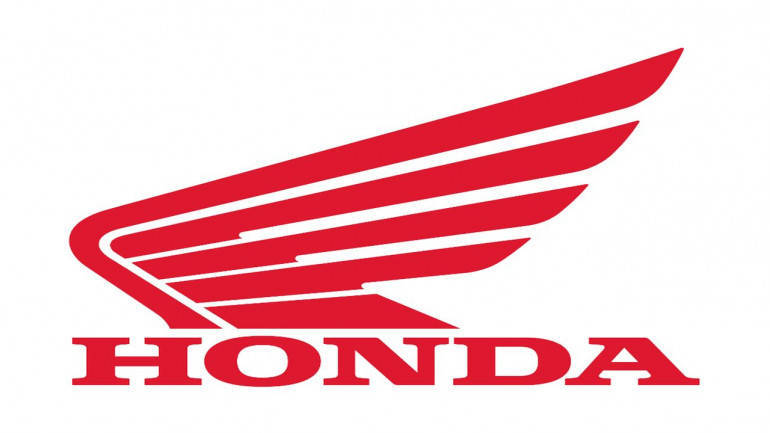Honda has opposed the government's proposal of allowing sale of only battery powered two-wheelers below 150cc by 2025.
With India's automotive market witnessing one of the worst slowdowns in its history, vehicle manufacturers have started to review their investment plans.
Though Honda Motorcycle and Scooter India (HMSI), the country's second largest two-wheeler maker, has decided to go ahead with its planned capacity expansion at Gujarat, plans beyond that may be required to be relooked, said a top executive of the company.
"Additional investment is under consideration. New investments for capacity depend on the roadmap for the electric (vehicles by the government). We are going to continue to have new features new technologies for the customers. But production capacity we need to reconsider," said Minoru Kato, President and CEO, HMSI.
Honda has opposed the government's proposal of allowing sale of only battery powered two-wheelers below 150cc by 2025. As per the proposal all petrol-powered two-wheelers (scooters and motorcycles) having engines of less than 150cc will have to be phased out by 2025.
Hero MotoCorp, Bajaj Auto and TVS Motor Company along with the apex lobby the Society of Indian Automobile Manufacturers (SIAM) have criticised the proposal in unison stating that six years is too short a period for making the transition.
HMSI is expanding its Gujarat factory through the setting up of a new production line at an investment of Rs 630 crore. This additional 600,000 capacity will push up HMSI's total capacity to 7 million units by 2020.
Kato confirmed that there will be no change to this expansion schedule despite the meltdown in retail demand. Subdued sentiments, tight liquidity, rural distress and high insurance costs have dented demand for two-wheelers since the past seven months.
In May. HMSI's sales went down by 17 percent, more than double than that of the industry. Marriage season, conclusion of Lok Sabha polls and bright forecast of the south west monsoon have failed to revive demand.
Kato, however, is confident of an overall pick up in volumes in the second half of this year which he believes will be better than the second half of last financial year.
“The period after September this year will be better than last year. But yearly sales will be slightly lower than last year," added Kato.
The second half of the year will bring with itself the situation of pre-buying wherein buyers will prepone the purchase by several weeks and months to beat the price hike of Bharat Stage VI vehicles. It is expected that prices of BS-VI two-wheeler will go up anywhere between Rs 5,000-15,000.
















